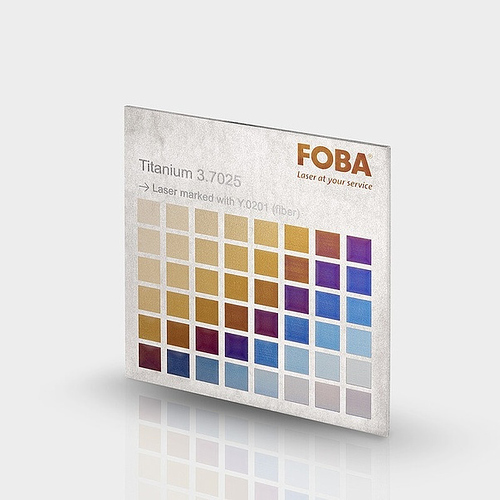To ensure the quality and durability of laser marking of titanium, several rules should be followed.
Firstly, the titanium surface must be properly prepared, it must be free of dirt and oxides. This can be done by cleaning the surface with a solvent or by mechanical methods such as sandblasting or grinding.
Secondly, the correct laser settings must be selected depending on the desired marking and properties of the titanium. This includes selecting the appropriate laser power, speed and pulse frequency. It is important to note that titanium has low thermal conductivity and a high melting point. Therefore, it is important to use low energy density to avoid overheating the material.
Third, it is important to maintain the quality of laser marking. This requires using a high-quality laser marking machine, maintaining its optics, and ensuring proper ventilation during the marking process.
Finally, quality control must ensure that the marking meets the required specifications. This includes using a microscope or other measuring tools to check the quality of the marking, verifying the accuracy of the marking, and conducting durability tests to ensure that the marking will withstand the operating conditions.
COMMON MISTAKES TO AVOID
One common mistake is overheating the material, which can cause discoloration or deformation of the titanium surface.
Another mistake is poor surface preparation, resulting in poor quality markings or uneven marking depths. Using improper laser settings can also result in poor markings, including incomplete markings or markings that fade over time.
Finally, lack of quality control can result in poor quality markings that do not meet the required specifications.

